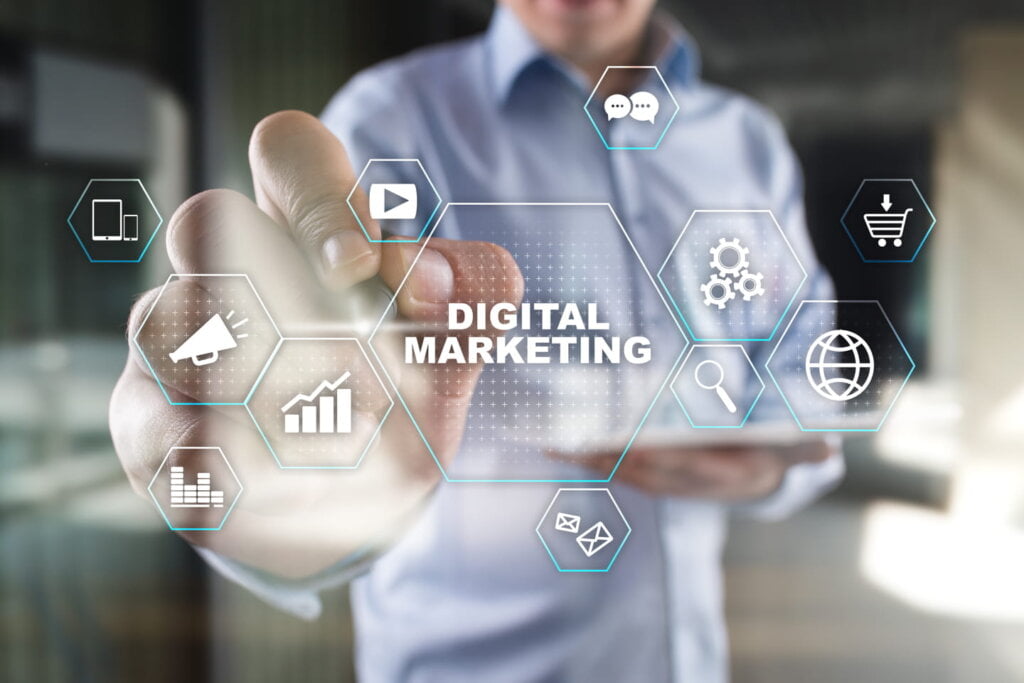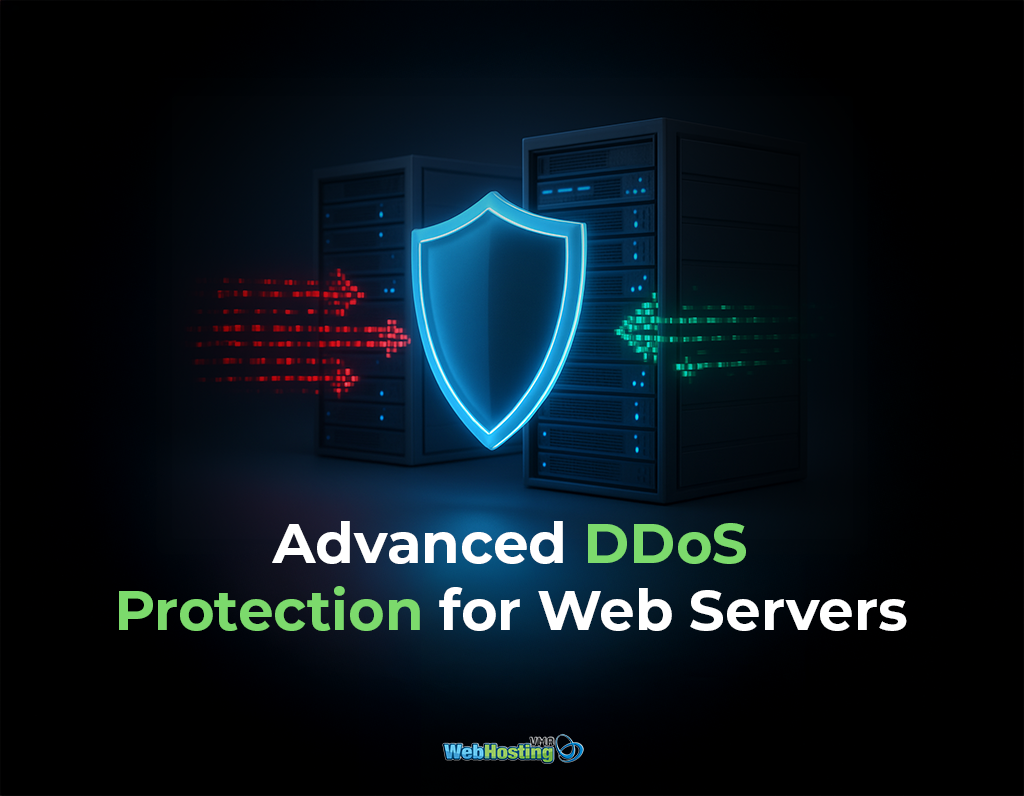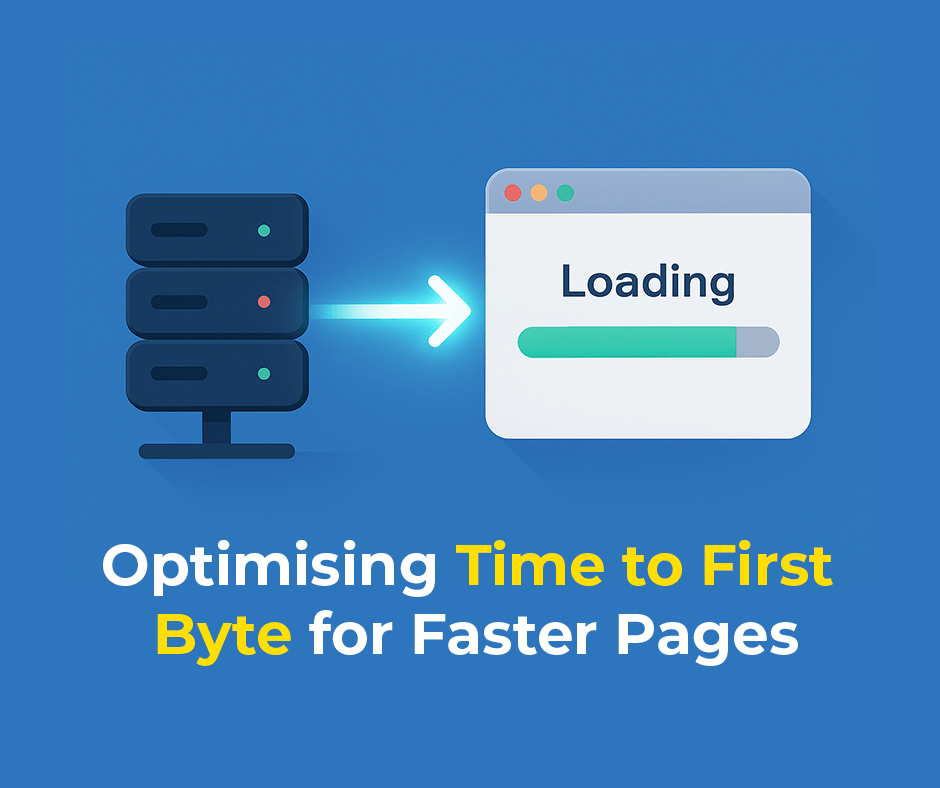Digital marketing has become an integral part of modern marketing strategies. It allows businesses to reach out to customers through various online platforms and engage with them in a personalized manner. However, digital marketing as we know it today has come a long way from its humble beginnings. Digital marketing is a term that is commonly used to describe any marketing activity that is done through digital channels. It has become an essential part of the marketing industry, and it is constantly evolving to adapt to new technologies and trends. In this article, we will explore the history of digital marketing, from its beginnings to the present day. It has come a long way since its inception in the late 1970s, with the use of personal computers and the first commercial email sent in 1978. Over the past few decades, digital marketing has evolved into a complex and multi-faceted industry that has transformed the way businesses reach and interact with their customers.
The Beginnings of Digital Marketing
The history of digital marketing can be traced back to the 1980s when the first personal computers were introduced. Marketers began experimenting with computer-based methods of reaching out to their target audience. This led to the birth of email marketing, which quickly became one of the most popular forms of digital marketing. The first known email marketing campaign was sent by Gary Thuerk, a marketer at Digital Equipment Corporation, in 1978. He sent an email to 400 potential clients promoting a new line of computers. While the campaign was successful, it was also controversial, as many people found the unsolicited email to be spam.
In the 1990s, the first banner ads began to appear on websites. These were static images that linked to a company’s website when clicked. The first banner ad was created by AT&T in 1994, and it was placed on the website of Wired magazine. While banner ads were initially successful, they quickly became overused, and consumers began to ignore them. The 1980s and 1990s saw the birth of digital marketing, with the emergence of the World Wide Web and the first search engines like Archie and Gopher. These early search engines allowed users to find files and documents stored on servers, but they were not very effective at delivering relevant results.
The Rise of Search Engines
The emergence of search engines in the mid-1990s revolutionized how people accessed information on the internet. Prior to search engines, finding relevant content online was a tedious and time-consuming process. Search engines like Archie and Gopher, though limited in their capabilities, provided the initial groundwork for web search. However, it wasn’t until 1994, with the development of WebCrawler, that users could search for keywords within web pages, making information discovery more efficient.
As the internet expanded and businesses began developing websites, the importance of search engines grew. Google, founded in 1998, quickly rose to prominence and became the dominant search engine. This marked a turning point in digital marketing, as businesses recognized the need to optimize their websites for search engines through search engine optimization (SEO). By incorporating relevant keywords and employing various techniques, businesses aimed to improve their website’s visibility in search results, driving organic traffic and increasing their online presence.
The Rise of Social Media
The advent of social media platforms in the mid-2000s, such as Facebook, Twitter, and LinkedIn, brought about a paradigm shift in digital marketing. These platforms offered businesses unprecedented opportunities to engage with their customers on a more personal level. Social media marketing quickly gained traction as businesses realized the potential for creating highly engaging and shareable content.
One of the key advantages of social media marketing is its ability to reach highly targeted audiences. Businesses can leverage demographic factors such as age, location, interests, and behavior to tailor their messages to specific segments of their target audience. This level of personalization enables businesses to deliver messages that resonate with their audience, driving engagement, and fostering brand loyalty.
The rise of social media influencers further enhanced the effectiveness of social media marketing. Influencer marketing involves partnering with influential individuals on social media to promote products or services. These influencers, with their established credibility and large followings, have the power to sway consumer opinions and create authentic connections between businesses and their target audience.
The Mobile Revolution
In the late 2000s and early 2010s, the rise of smartphones and tablets revolutionized the way people consumed digital content. Mobile devices became the primary way that people accessed the internet, and businesses had to adapt their digital marketing strategies to be mobile-friendly. This meant creating websites and content that were optimized for mobile devices and developing mobile apps.
The Present Day
Today, digital marketing is a constantly evolving field, as new technologies and trends emerge. One of the most significant recent developments in digital marketing is the rise of artificial intelligence (AI) and machine learning. AI and machine learning are being used to improve the effectiveness of digital marketing campaigns by analyzing data and making predictions about consumer behavior. The advent of big data and artificial intelligence has also revolutionized digital marketing in recent years. These technologies allow businesses to collect and analyze vast amounts of customer data to create personalized marketing campaigns. Chatbots, voice search, and virtual assistants are some of the latest digital marketing tools that leverage AI technology. Another trend that is shaping the future of digital marketing is the increasing importance of voice search. As more and more people use voice assistants such as Siri and Alexa to search for information, businesses will need to adapt their SEO strategies to account for voice search queries.
One of the most significant advantages of digital marketing is its ability to reach a vast audience. Using various online platforms, such as social media, search engines, email, and display advertising, businesses can target specific audiences with tailored messages. This level of personalization is one of the key factors that make digital marketing so effective.
Digital marketing has come a long way from its early days of email marketing and banner ads. Today, it encompasses a wide range of techniques and tools, from SEO and PPC advertising to social media marketing and AI-powered chatbots. The future of digital marketing is undoubtedly exciting, and businesses must continue to adapt to new technologies and trends to stay ahead of the curve.
The post ( The History Of Digital Marketing – Visual Marketing) appeared first on Visual Marketing Australia.
Source: Source link





